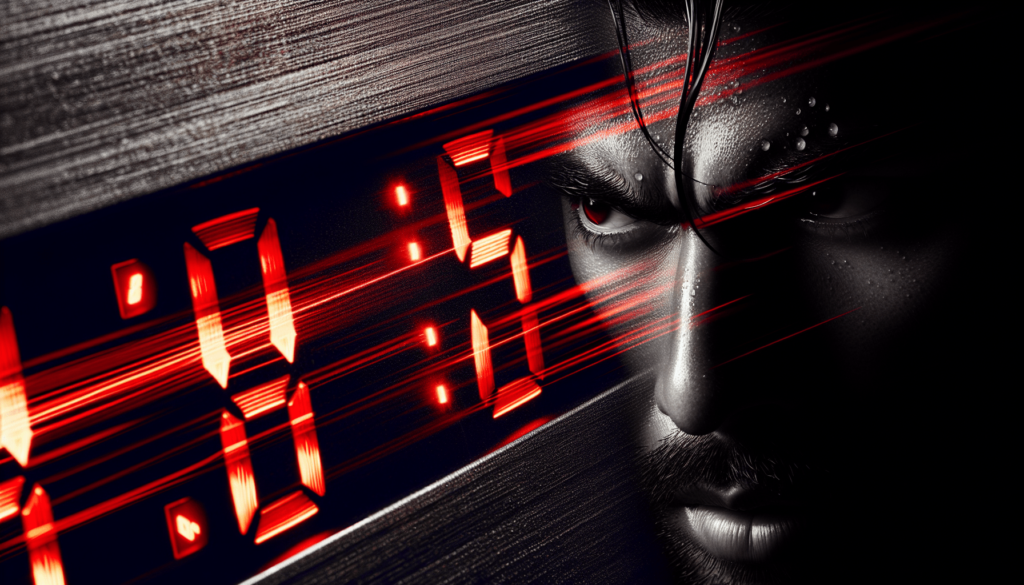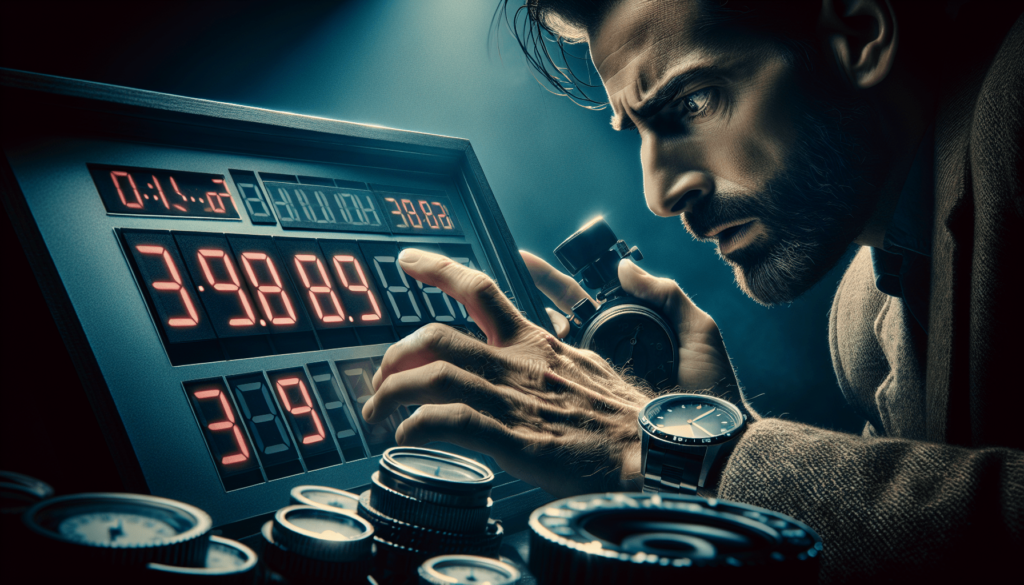Your cart is currently empty!
Countdown: A Digital Clock Mystery
How do digital clocks work?
Have you ever wondered how a digital clock functions behind the scenes? From LED displays to microprocessors, let’s uncover the mystery of digital clocks in this informative article.
LED Displays
LED displays, or Light Emitting Diodes, are the key components that make digital clocks visually appealing and easy to read. The segments of the display light up to form numbers and other characters, making it simple to tell time at a glance.
Microprocessors
At the heart of a digital clock is a microprocessor, a small computer chip that serves as the brain of the clock. The microprocessor controls all the functions of the clock, from keeping track of time to displaying it on the LED screen.
How does a digital clock keep track of time?
Have you ever wondered how a digital clock is able to accurately keep track of time without falling behind or running too fast? Let’s explore the mechanisms that allow digital clocks to maintain precise timekeeping.
Quartz Crystal Oscillator
Digital clocks use a quartz crystal oscillator to keep time accurately. The crystal oscillator vibrates at a constant frequency when an electric current is passed through it, creating a stable timekeeping system for the clock.
Real-Time Clock (RTC) Chip
Within the microprocessor of a digital clock is a Real-Time Clock (RTC) chip, which tracks the time and date continuously. The RTC chip ensures that the digital clock remains accurate even in the event of a power outage or battery replacement.
What are the different types of digital clocks?
Digital clocks come in various shapes and sizes, each offering unique features and designs. Let’s explore the different types of digital clocks available on the market today.
Alarm Clocks
Alarm clocks are a popular type of digital clock that includes a built-in alarm feature to wake you up at a specific time. Many alarm clocks also offer additional features such as radio tuning and nightlights.

Wall Clocks
Wall clocks are digital clocks designed to be mounted on a wall, offering a convenient way to tell time in any room of your home or office. Wall clocks come in a range of styles and sizes to suit your décor preferences.
Travel Clocks
Travel clocks are compact digital clocks that are portable and easy to take with you on the go. These clocks often feature additional functionalities such as temperature and date display, making them versatile travel companions.
How can you set and adjust the time on a digital clock?
Setting the time on a digital clock may seem straightforward, but with various buttons and settings, it can be confusing for some users. Let’s walk through the steps to set and adjust the time on a digital clock.
Step 1: Locate the Time Setting Button
Most digital clocks have a designated button or setting for adjusting the time. Look for buttons labeled “Time,” “Clock,” or “Set” on the clock’s interface.
Step 2: Press and Hold the Time Setting Button
Press and hold the time setting button until the time display starts flashing. This indicates that you have entered the time adjustment mode on the digital clock.
Step 3: Set the Correct Time
Use the buttons or dials on the digital clock to adjust the hours and minutes to the current time. Once you have set the correct time, press the time setting button again to save the changes.

Step 4: Verify and Finalize
Double-check the time display to ensure that the time is set correctly on the digital clock. Make any necessary adjustments before finalizing the time setting on the clock.
Are there any troubleshooting tips for common digital clock issues?
Sometimes digital clocks may encounter technical issues or malfunctions that affect their performance. Let’s explore some common troubleshooting tips for resolving issues with digital clocks.
Issue: Clock Not Displaying Correct Time
If your digital clock is not displaying the correct time, try resetting the clock by unplugging it from the power source and plugging it back in. This can reset the internal clock settings and resolve any time display issues.
Issue: LED Display Flickering
If the LED display on your digital clock is flickering or dim, check the power source and connections to ensure that the clock is receiving adequate power. Replace the batteries or power adapter if necessary to restore proper functionality.
Issue: Alarm Not Going Off
If the alarm on your digital clock is not going off at the set time, check the alarm settings to ensure they are configured correctly. Test the alarm function by setting it to go off at a specific time to verify that it is working correctly.
Issue: Buttons Not Responding
If the buttons on your digital clock are not responding when pressed, check for any debris or dirt that may be obstructing the button contacts. Clean the buttons and contacts with a soft cloth or cotton swab to restore responsiveness.
What are the benefits of using a digital clock?
Digital clocks offer a range of benefits and advantages over traditional analog clocks, making them a popular choice for many users. Let’s explore some of the key benefits of using a digital clock in your home or office.
Easy to Read
Digital clocks feature clear LED displays that make it easy to read the time at a glance. The large numbers and bright displays ensure that you can tell the time quickly and accurately.
Accurate Timekeeping
Digital clocks use precise quartz crystal oscillators to keep time accurately, ensuring that you always know the correct time. The real-time clock chip inside the clock maintains time even during power outages or disruptions.
Versatile Features
Many digital clocks come with additional features such as alarms, calendars, and temperature displays, making them versatile tools for tracking time and dates. These extra functionalities add convenience and utility to digital clocks.
Modern Design
Digital clocks often feature sleek and modern designs that complement contemporary décor styles. Whether you prefer minimalist or bold designs, there is a digital clock to suit your aesthetic preferences.
User-Friendly Operation
Digital clocks are user-friendly and easy to operate, with intuitive buttons and settings that make adjusting the time and settings a breeze. The straightforward interface of digital clocks ensures that anyone can use them with ease.
In conclusion
Digital clocks are an essential part of our daily lives, providing accurate timekeeping and convenient features to help us stay on schedule. From LED displays to microprocessors, the technology behind digital clocks continues to evolve, offering new functionalities and design options for users. Whether you prefer a simple alarm clock or a multi-functional wall clock, there is a digital clock to suit your needs and style. Stay punctual and stylish with a digital clock that fits your lifestyle and complements your space.
This is a bold text with link.